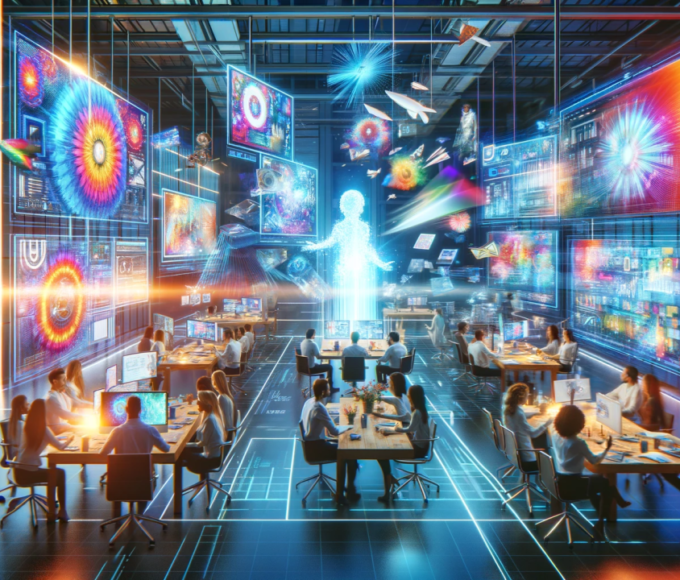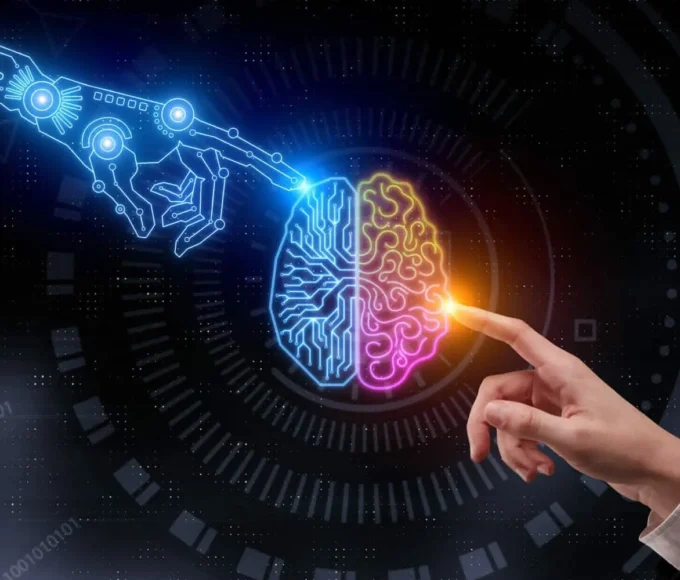In today’s fast-paced and dynamic work environment, the success of businesses hinges not only on their products or services but also on the efficiency and expertise of their workforce. Consequently, investing in employee training and performance optimization has become paramount for organizations striving to stay ahead of the curve. With the rapid advancements in technology, particularly in artificial intelligence (AI), a new paradigm in employee development has emerged – AI-assisted training and performance optimization.
Traditionally, employee training often involved lengthy classroom sessions, cumbersome manuals, and one-size-fits-all approaches that might not cater to the individual needs or learning styles of employees. However, AI has transformed this landscape by offering personalized, adaptive, and immersive learning experiences that are tailored to the unique requirements of each employee.
One of the key advantages of AI-assisted training is its ability to analyze vast amounts of data to identify specific skill gaps and learning preferences. By leveraging machine learning algorithms, AI platforms can assess an employee’s performance, track their progress, and recommend personalized training modules or resources to address areas needing improvement. This targeted approach not only accelerates learning but also ensures that employees receive the most relevant and effective training interventions.
Moreover, AI-powered simulations and virtual reality (VR) environments have revolutionized hands-on training across various industries. Whether it’s mastering complex procedures in healthcare, honing technical skills in manufacturing, or enhancing customer service abilities in retail, immersive simulations provide a safe and interactive learning environment where employees can practice and refine their skills without real-world consequences. This not only boosts confidence but also minimizes the risks associated with on-the-job training.
Another significant application of AI in employee training is natural language processing (NLP) and sentiment analysis. These technologies enable organizations to analyze communication patterns, feedback, and sentiment within the workplace. By monitoring interactions between employees and providing real-time feedback on communication effectiveness, AI can help improve interpersonal skills, foster collaboration, and create a more inclusive work environment.
Furthermore, AI-driven performance optimization tools offer valuable insights into employee productivity, engagement, and satisfaction. By analyzing various metrics such as work patterns, task completion rates, and feedback, these platforms can identify areas of improvement and provide recommendations to enhance individual and team performance. Whether it’s optimizing workflow processes, managing workload distribution, or fostering a culture of continuous feedback, AI empowers organizations to make data-driven decisions that drive productivity and innovation.
However, while the potential benefits of AI-assisted employee training and performance optimization are immense, it’s essential to address certain challenges and considerations. Privacy concerns, data security, and the ethical use of AI are paramount, requiring organizations to implement robust safeguards and compliance measures to protect sensitive employee information and ensure transparency and fairness in AI-driven decision-making.
Moreover, the human element remains indispensable in the success of AI-assisted training initiatives. While AI can augment and enhance learning experiences, it cannot replace the expertise, empathy, and mentorship provided by human trainers and mentors. Therefore, a blended approach that combines AI technologies with human guidance and support is crucial to maximizing the effectiveness and impact of employee development programs.
AI-assisted employee training and performance optimization represent a paradigm shift in workforce development, offering personalized, adaptive, and data-driven solutions to address the evolving needs of modern organizations. By harnessing the power of AI, businesses can unlock the full potential of their workforce, drive innovation, and gain a competitive edge in today’s rapidly changing landscape.
However, successful implementation requires a strategic approach, collaboration between human and machine intelligence, and a commitment to the ethical and responsible use of AI technologies.
















Leave a comment